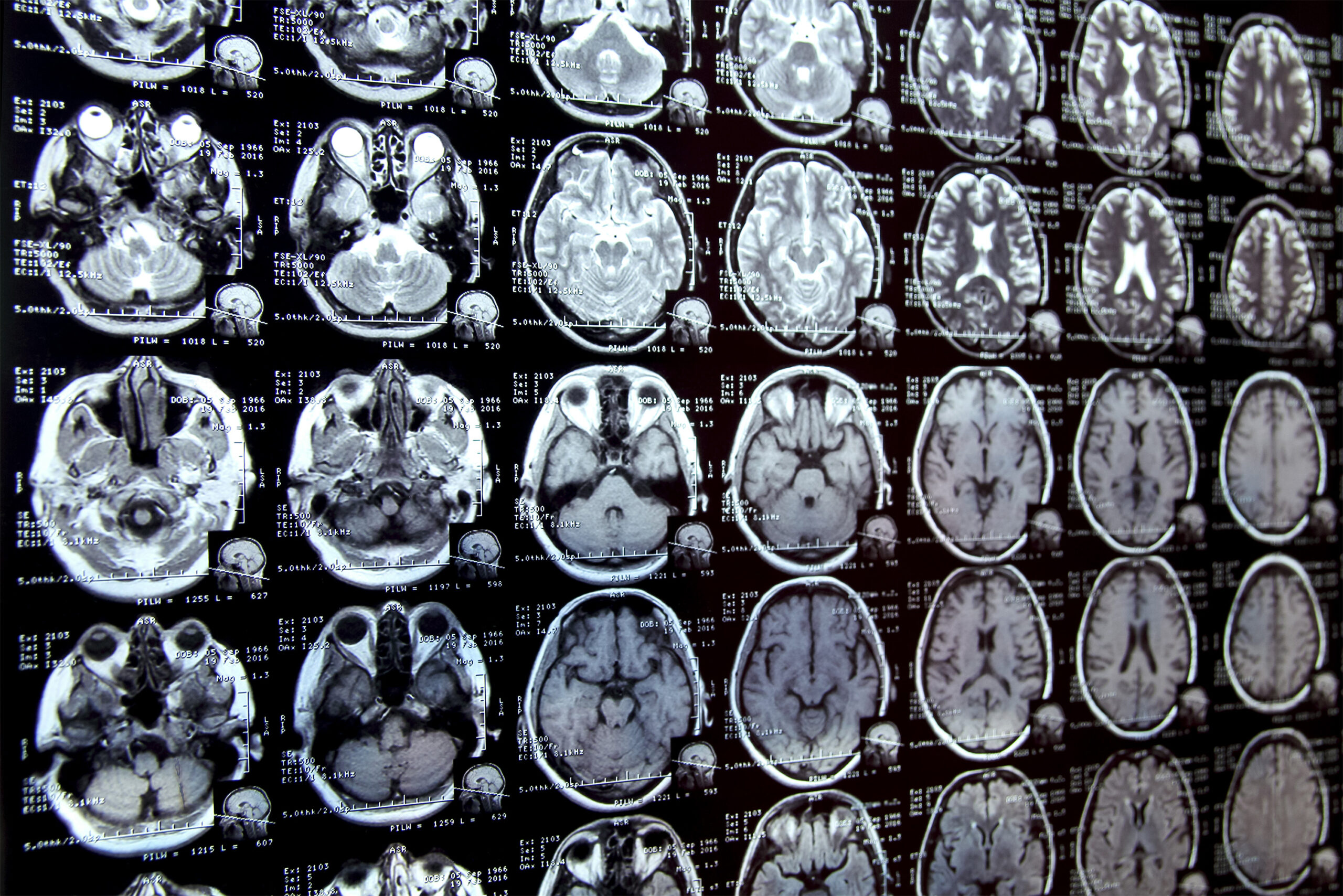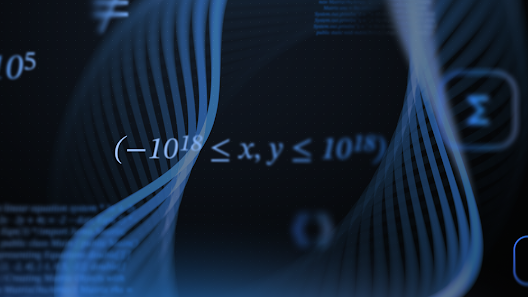Artificial intelligence is rewriting history—literally.
Google DeepMind has introduced Aeneas, a cutting-edge AI model designed to revolutionize how historians interpret and contextualize ancient inscriptions. Named after the legendary Roman hero, Aeneas marks a significant step forward from its predecessor, Ithaca, by not only restoring fragmented texts but also providing deep contextual insights into the ancient world.
Transforming Inscriptions into Insight
Across the Roman Empire, written inscriptions were commonplace—from grand monuments to casual graffiti. These texts, often worn or deliberately damaged, have long posed interpretive challenges for historians. Aeneas changes that by leveraging multimodal inputs to restore, date, and geographically place these ancient messages with unprecedented accuracy.
By converting each inscription into a unique “historical fingerprint,” Aeneas compares thousands of Latin inscriptions, identifying similarities in syntax, vocabulary, and format. This allows it to draw meaningful parallels, a task that would take human researchers weeks or even months.
Unmatched Capabilities in Historical AI
- Parallels Search: Aeneas retrieves similar inscriptions in seconds using advanced embeddings to detect contextual overlap.
- Multimodal Analysis: It considers both textual data and visual elements like inscription images to determine origin.
- Restoring Unknown Gaps: For the first time, an AI can accurately fill in missing text segments of unknown length.
- High Accuracy: Aeneas achieves 73% Top-20 accuracy for gaps up to 10 characters and 72% accuracy in identifying the correct province using visual data.
A Collaborative Effort for Historical Discovery
Developed alongside academic institutions such as the University of Nottingham, Oxford, and Warwick, Aeneas was trained on a massive dataset of over 176,000 Latin inscriptions. These records were drawn from respected databases like EDR, EDH, and EDCS-ELT, forming what is now known as the Latin Epigraphic Dataset.
Its transformer-based architecture allows Aeneas to perform multiple contextual tasks simultaneously, such as restoration, dating, and locating inscriptions. The system also displays saliency maps, offering transparency into which details influenced its decisions—a major step toward making AI interpretations more understandable to human researchers.
AI Engaging with Historical Debates
The model was put to the test with one of the most debated inscriptions in Roman history—the Res Gestae Divi Augusti. Rather than assigning a single date, Aeneas provided a probability distribution reflecting two scholarly camps: one dating the text to 10–1 BCE, and another to 10–20 CE. This approach offers an innovative, data-driven method to explore long-standing academic debates.
Human-AI Collaboration in Action
In a large-scale collaborative study involving 23 professional historians, Aeneas boosted performance across all key epigraphic tasks. Researchers reported increased confidence and faster identification of relevant parallels, proving the model’s practical value in real-world scholarship.
Making Aeneas Accessible to All
To ensure broad impact, an interactive version of Aeneas is openly available to researchers, educators, and students. DeepMind has also open-sourced the code and dataset, encouraging further academic exploration.
As part of its rollout, Aeneas is now powering a newly upgraded version of Ithaca and is also featured in a co-created AI history education syllabus. This aligns with global AI literacy frameworks, including those from UNESCO and the European Commission.
Looking Ahead
With Aeneas, DeepMind is not just preserving history—it’s helping us understand it in richer, more meaningful ways. By combining AI reasoning with human expertise, the model heralds a new era where ancient voices can once again be heard and understood.
For those interested in the evolution of DeepMind’s Gemini models, which power many of these innovations, check out how Gemini 2.5 Flash-Lite is transforming high-speed, lightweight AI deployment.







